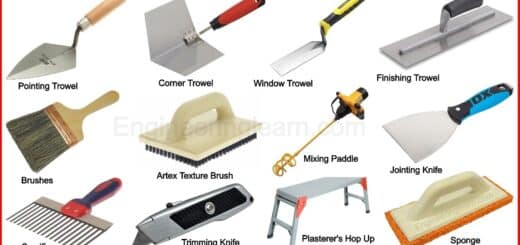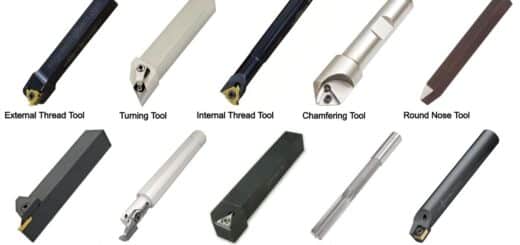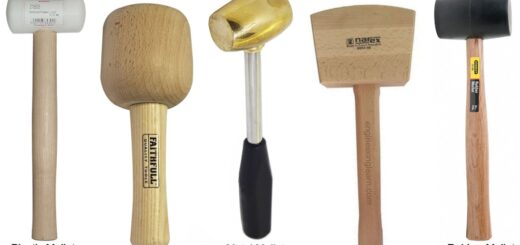Crimping Tool: Definition, Types, Uses, Working, Application & Categories
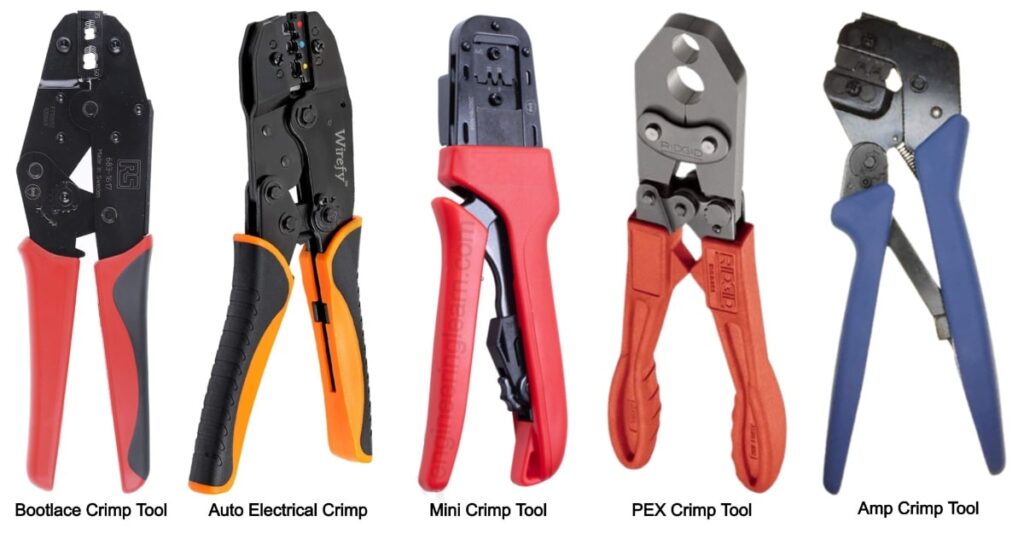
Introduction of Crimping Tool
Crimping Tool: Definition, Types, Uses, Working, Application & Categories :- A crimping tool to be simply put is a machine that is used to make weld joints in low temperature also called cold weld joints between the connector and the wires through deforming either one or both of them to hold the each other respectively. A specific type of connector is taken in use to join together the metals. The properties of the weld joint (electrical and mechanical) are considered to be strong and the parent materials when the tool work is under progress and gives some sort of result, is regarded as the crimp. A prerequisite of crimping is to affix a connector to the wire’s end.
Categories of Crimp Tool
There are a variety of crimp tools available in the market, each of them having their own set of distinct advantages and disadvantages. For crimping requirements which are small in size, where the key to work is precision, a crimp tool which is manually-operated will most likely be perfect. However, when there is a requirement of more power, various other models like hydraulic and electrical models are also prevalent.
1. Handheld
These are the most basic type of crimp tool. Crimp tools which are manually operated are generally easily portable and are used for items which are small in size. Visually, they look very similar to traditional pliers with clamps that tend to have a notch on one side and a ridge on the other. What crimping does is that it pinches the wire and the connector into the notch, compressing both of them into each other.
2. Electrical
Battery operated crimp tools do not require much of an effort to sort of apply the crimping pressure required as they bring with them the additional battery power tomodels (portable). Various other models of electrical crimping toomeet varying requirements and are very easily available, some even come with ergonomic fittings and ratchets.
3. Benchtop
These models are considered to be comparatively bulkier, variations which are of higher capacity are designed in a way that they are to be mounted on workbenches to sort of fulfil even further more demanding type of crimping tasks. Some of them are found to be powered by electric motors and others are driven by hand.
4. Hydraulic
Hydraulic crimp tools on the other do not require much of an effort to function properly, with the requirement of compression power supply fulfilled by hydraulic fluid. They are found to reciprocate maximum amount of power for repairs which are demanding, maintenance requirements and even for various other industrial applications.
5. Pneumatic
Tools which are found to be based on compressed air can prove to be very efficient and sort of bring serious work force to various crimping applications and even in delivering heavy-duty applications with sufficient power requirements. Same as the hydraulic tools, pneumatic models take the use of air pressure and they are found to be available in both manual models as well as workbench models too.
Types of Crimp Tools
Crimp tools are found to have use in many different applications spreading wide across a host of environments and industries. Here are a few examples of some additional types of crimp tools used widely:
1. Bootlace Crimp Tool: ( Types of Crimping Tool )

As understandable from the name itself, bootlace crimp tools are designed specifically in a way to work efficiently in combination with bootlace ferrules,which tend to have a need for a different sort of crimping for getting that characteristic standard cabling. This must be done with good precision and force so as to ensure an indent crimp which is strong enough.
Most of the bootlace crimping tools are found to have feature ratchets which are electrically insulated to make sure that the dies do not get released until there is a formation of a firm connection. Also, try tofind for crimpers which have handles which are ergonomic for comfort during use.
Bootlace lugs are nothing much but just angled design or ferrules in a bracket and demand for crimping tools which have a clamping facility which is found to be compatible with this kind of shape.
2. Auto Electrical Crimping Tool: ( Types of Crimping Tool )
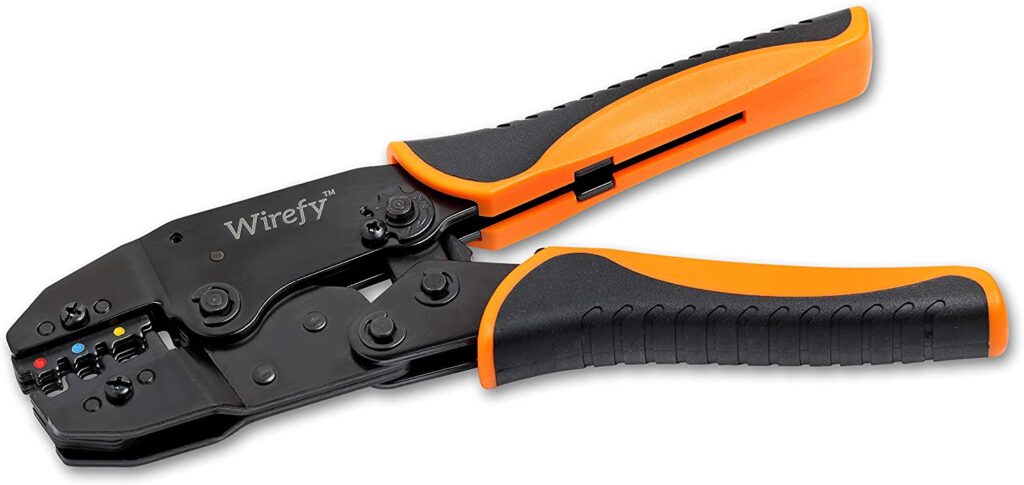
Automotive electrical crimping tools are purposely designed in a way to provide the system with sturdy joins for the electrical connectors (multiple) and cables found with in engines of the car. These generally include pre-insulated, non-insulated, ignition terminals, and battery terminals with different tools which are available for each, all in plier designs which are standard.
3. Mini Crimp Tool: ( Types of Crimping Tool )
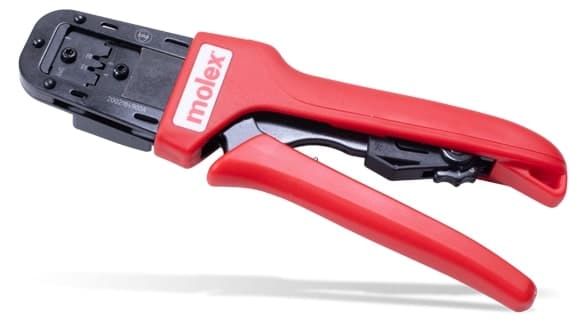
Mini crimp pins are found to be manufactured for use with wiring widths which are thin. High levels of close-up precision, and even high amounts of flexibility within tight operating spaces is required for this one. Some models tend to have rotatable flip-top heads, making them of a much higher use within spaces which are very confined.
4. PEX Crimp Tool: ( Types of Crimping Tool )
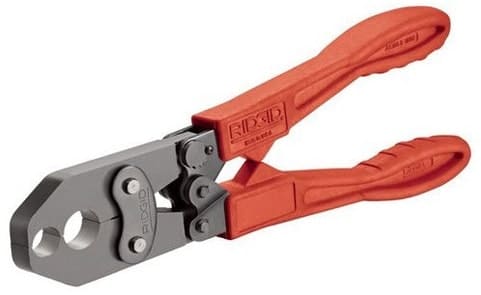
PEX (cross-linked polyethylene), to simply define is a form of considerably better flexible plastic that is found to have increasing use in the development of water pipes instead of the traditional materials such as copper or steel, etc.
It is found to be considerably less cumbersome to install and join lengths after lengths of this particular plastic than those of the copper or steel tubing. No type of welding operation is necessary, what is needed is just specialized crimping tools (PEX) designed in a way to grip the piping considerably firmly and for the application of appropriate amount of pressure. Most commonly used as a pair or as a combination with steel clamps, most of these tools find most of their use with various DIY enthusiasts and even other professionals.
5. Amp Crimp Tool: ( Types of Crimping Tool )
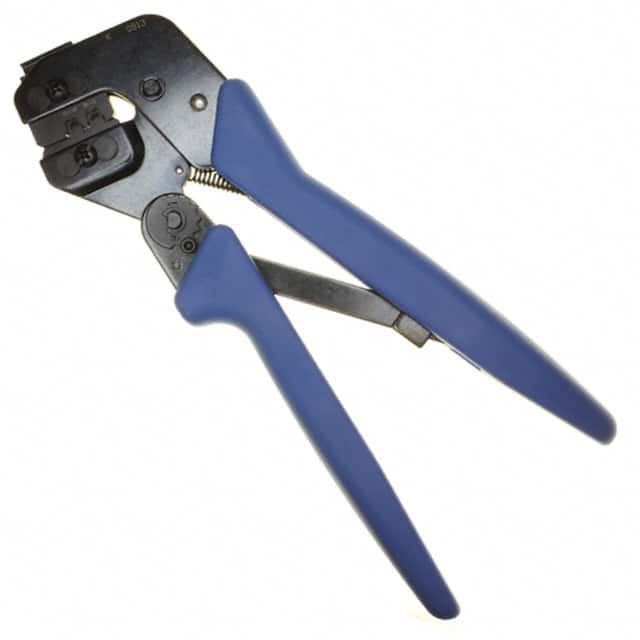
Amp connectors are simply defined as multi-pin machines / devices generally found to be fitted within the plastic housing. Various amp crimpers (specialist) ted to apply the precise force which is necessary for the generation of a strong connection with the cabling which is required beforehand.
Crimp Connectors and Accessories
Crimp connectors are nothing more than a multi-sized metal fitting which is found generally with a sole purpose to fix the lengths of wires and cables to various other components and lengths. They generally tend to serve as an electrical terminal – the characteristic place where a particular conducting wire looks to reach its end.
Crimp connectors are most commonly found to be sort of fixed over a period of short length of exposed inner wiring when the insulation is found to be removed. They are generally taken in use when there is a requirement of occasional detachment, or even in the cases where soldering is not required or a must.
Most often connectors are found to be made from materials which are malleable enough for healthy compression inside the crimping tools. They are found to be available in multiple shapes for a variety of uses. Some of the common ones are the following:
- Butt Connectors – for the purpose of wire splicing
- Ring Connectors – for main task of secure attachments to terminals
- Spade Connectors – for establishing slide connections into terminals
- Quick Disconnect Connectors–for the ones with typically barrel or blade-shaped
Uses of Crimping Tools
In metalworking process, the crimping tool is said to have the most use. It turns out to play a very important role in many varieties of applications such as for rapid but lasting electrical connections, correcting bullets, securing lids on metal food cans, and multiple other applications. Also, it is found to be of much of a use in between the workpiece and a non-metallic component for establishment of a powerful bond.
In case of a crimping tool, one end of a tube is treated in a characteristic way so as to make a slip joint into the next section of the duct during the process when joining segments of sheet metal pipe (tubular)in case of installation of smoke pipes for wood stoves, or ventilation ducting. The joint will not necessarily be liquid-tight but may be arranged in a particular way to prevent the unnecessary accumulation of dirt.
Crimp tubes or crimp beads tend to play sort of a very important role in manufacturing of jewellery in terms of development of secure joints in case of a fine wire. A crimped lead looks to present a graphic indication of interference at that particular time of securing a utility meter or even as a mark of seal on containers containing cargo.
